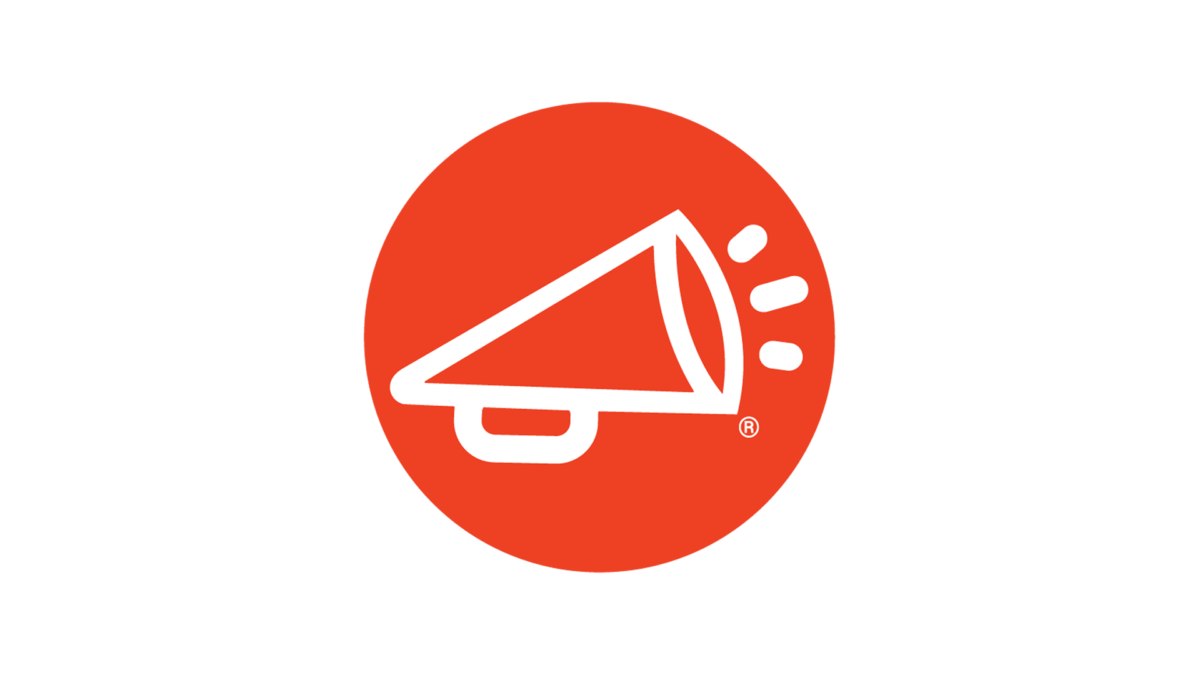
Fair compensation is a vital component in motivating employees, but it is not the sole driving force behind employee satisfaction. Social recognition, the act of publicly acknowledging and appreciating the efforts of employees, plays an equally pivotal role in enhancing workplace morale.
In a recent study by Gallup, “Quiet Quitting” employees expressed what they would change about their workplace. 41% stated engagement or culture while 28% responded pay and benefits.
Statistics speak volumes and social recognition is proven to generate positive outcomes for companies. Despite the evidence highlighting the positive impact of social recognition, not every organization has embraced this practice. Of the companies that do have recognition programs, many are not effectively implementing them, leading to missed opportunities for improving employee satisfaction.
For companies looking to improve worker satisfaction and performance, social recognition is a top priority. In this article, we’ll explain why social recognition is so effective for empowering workers and discuss how it can be implemented on a practical level.
Social recognition is any form of appreciation that doesn’t include a monetary value. In the workplace, this can manifest itself in several ways — such as a shout-out from a manager in a team meeting, or a sincere “thank you” extended to a colleague.
Recognition is valuable both personally and professionally. When given publicly and promptly, recognition serves as a positive reinforcement for desired behaviors, and it demonstrates to other employees what is valued by the company.
Social recognition is not just an added perk, it caters to a basic human need. The great American psychologist William James stated over 150 years ago that “the deepest human need is the need to be appreciated.” In his famous Hierarchy of Needs, Abraham Maslow designated esteem needs as a primary human desire. Words of recognition show a person that their work is seen and appreciated, which is essential for one’s overall emotional well-being.
By catering to a deep human desire to be acknowledged and seen, workplace recognition directly impacts organizational health and success on many levels. The benefits of social recognition in the workplace include:
When recognized, employees experience a heightened sense of accomplishment in their roles — enhancing their performance and dedication.
Recognized employees feel more valued, fueling greater connection and commitment with colleagues and the company’s mission.
Employees who are more engaged and appreciated are much more likely to stick with their employer for the long haul.
Social recognition binds teams together, crafting a unified company culture — no matter whether teams are on-site, hybrid, or fully remote.
A strong recognition culture not only uplifts the internal environment but also positively influences the external perception of the company. Proud employees demonstrate superior customer service and serve as brand ambassadors — which in turn improves the company’s net promoter score (NPS), a measurement of customer loyalty.

With a growing body of research proving the benefits of social recognition, more and more companies are adopting employee recognition strategies. And, these strategies are increasingly being implemented via digital employee recognition technologies. Especially with the pivot to remote work and the modern worker’s heavy use of social media, employees have come to appreciate online recognition. Workplace messaging apps and dedicated employee recognition software platforms are just some of the many solutions on the market that help foster workplace recognition.
Specialized employee recognition software is the most powerful digital solution for businesses wanting to ramp up recognition. These platforms enable businesses to launch customized recognition and rewards programs. They leverage social media elements such as liking and commenting for an interactive experience, and they help to automate and increase the frequency of recognition.
Social media and employee recognition platforms have helped make recognition and praise a part of the everyday workplace experience — leading to healthier communication and company culture in general.
The most successful workplace recognition programs leverage recognition software to ensure that employees are praised frequently and equitably. Relying solely on managers and employees to take initiative and dole out praise often yields disappointing results.
Let’s take a look at some of the specific benefits of employee recognition software:
Research demonstrates that recognition is much more effective when it’s given frequently and instantaneously. Using a social recognition platform helps ensure that recognition is provided regularly, fairly, and in real-time.
Employee recognition programs are a must for companies with remote workforces, particularly those with international employees. Without recognition software in place, employees may be less likely to recognize their remote workers or those located in different cities or countries.
Software platforms give greater visibility into the accomplishments of all departments, enabling employees to celebrate a wider swath of employees and feel pride in their company as a whole — not just their team.
Recognition software saves time and simplifies recognition efforts by centralizing all recognition efforts and automating processes.
Employees can easily interact, congratulate, and communicate with one another on recognition platforms. Many leading recognition programs also feature gamification elements, like point-earning and badges, that further fuel engagement.
Employee recognition software provides valuable insights into employee performance, participation, and engagement. This data enables companies to measure the actual return on investment of their recognition efforts and to make more strategic HR decisions.

The best recognition programs are tailored to the needs of the company, are easy for employees to engage with and are part of a larger culture of employee recognition. When developing your recognition program, keep these best practices in mind:
Successful programs are aligned with workplace cultures and employee demographics. To create programs that cater to employee preferences, HR leadership should make sure to gather worker feedback through surveys.
Recognition programs that aren’t equitable can backfire and harm morale. Company leadership should encourage widespread participation, diverse recognition, and cultural sensitivity.
Not all recognition software is made the same. When looking for a platform, companies should be sure to find one that’s intuitive to use. It should be simple for workers to sign up and give recognition, and the platform should ideally be accessible from mobile devices.
Employees should be encouraged to give recognition as promptly as possible, as this has the most dramatic effect on morale and engagement. Recognition platforms make it easier to provide instant recognition, and they also automate recurring recognitions, like work anniversaries.
Although recognition from higher-ups plays an important role, peer-to-peer recognition is crucial for boosting overall engagement and company culture. Recognition programs should prioritize peer-to-peer recognition to build an atmosphere of widespread warmth and praise.
Managers and executives reflect company values to the entire organization. As such, they should be encouraged to communicate the value of recognition and actively participate in the recognition program.
Social recognition is a powerful tool that you can use to build a flourishing and inclusive work environment — one in which employees feel proud of their work and their company.
Here at WorkProud, we help companies improve their employee experience using our comprehensive recognition platform. Featuring real-time recognition, interactive messaging, and a mobile-friendly layout, WorkProud is the premier solution for companies seeking to boost workplace satisfaction. Contact us today to learn how we can assist you in your employee experience journey.
WorkProud is committed to helping its clients create a unified approach to the employee experience by helping them build cultures of workplace pride. Trusted by millions of users at some of the world’s most recognized employer brands, WorkProud delivers a comprehensive approach to building company cultures that inspire people to be Proud of their Work and Proud of their Company.

Every month, we share news, knowledge, and insight into what we believe is a pretty simple proposition: If you are “proud of your work and proud of your company,” you are more engaged, more productive, and more likely to stay with your company for the long haul.
*By selecting “SIGN UP,” you agree to WorkProud’s Privacy Policy. You may unsubscribe from our newsletter at any time. Please note when unsubscribing: it may take up to 10 business days for your request to take effect.